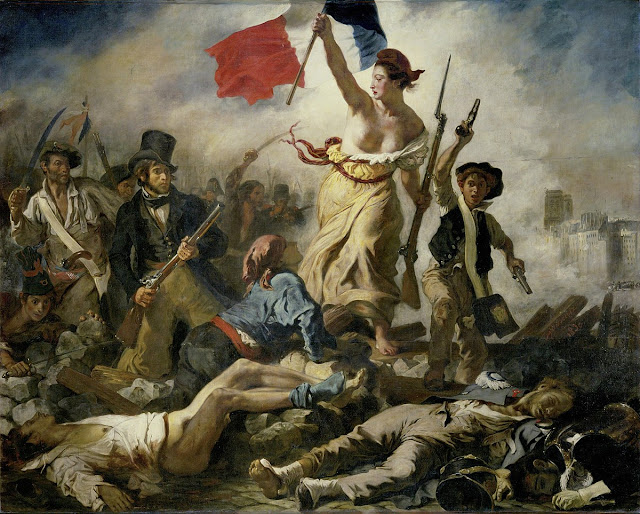The New Chinese Woodcut Movement

Women of China by Lu Xun, 1981 Created in China China during the 19th and 20th centuries was characterized by its political and economic strife and struggle to progress. China had been under attack from the West for nearly 100 years at this point and was under attack from a new enemy, Japan. Not only did China have these threats to face but the political turmoil created internal issues as well. Much of the art from this time in China came to reflect those internal and external struggles. One such art movement was known as the New Woodcut Movement. Woodcutting was a commonly used style in which the artist uses tools to cut away at a wood panel to create an image. This first work, Women of China is a direct attack on the status quo of women's place in society in China. In China, women had not seen any significant social liberation as they had in the West, and as the woodcut sho...





